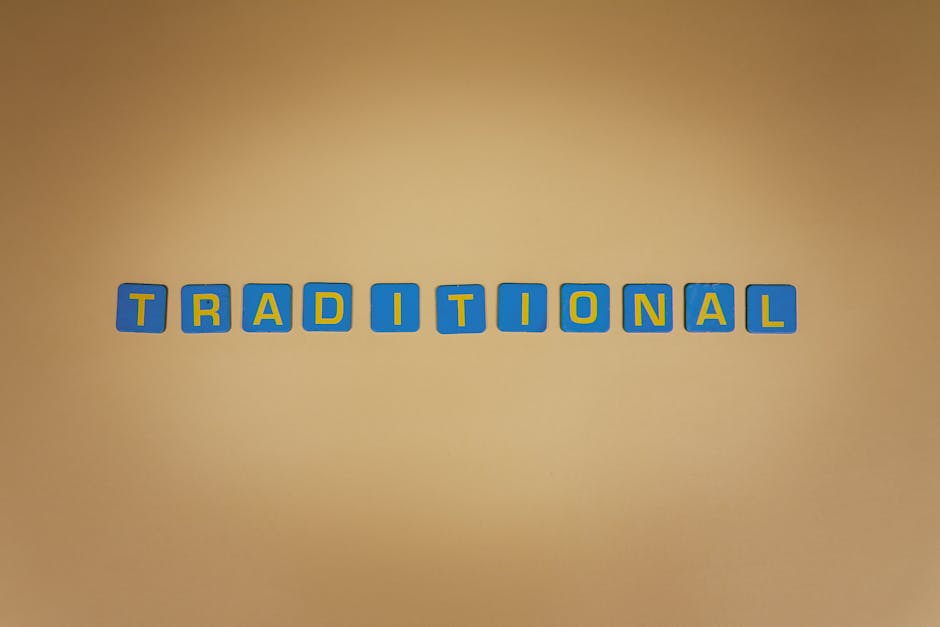How to Teach the Arabic Alphabet Using Visual Aids 🎨📚
Teaching the Arabic alphabet can be a delightful experience, especially when using visual aids to make learning engaging and memorable. Whether you’re a teacher, parent, or self-learner, incorporating visuals can transform the learning journey into an exciting adventure. Let’s explore how you can effectively teach the Arabic alphabet using visual aids!
Table of Contents
1. Why Use Visual Aids in Teaching?
2. Types of Visual Aids for Arabic Alphabet
3. Creating Effective Visual Materials
4. Engaging Classroom Activities
5. Conclusion
6. FAQs
Why Use Visual Aids in Teaching? 🤔
Visual aids are powerful tools in education. They help in:
– Enhancing memory retention: Visuals make it easier for learners to remember and recall information.
– Increasing engagement: Interactive and colorful visuals capture attention and keep learners motivated.
– Simplifying complex information: Visual aids break down complex concepts into digestible pieces.
Types of Visual Aids for Arabic Alphabet 🖼️
There are several types of visual aids you can use to teach the Arabic alphabet:
Flashcards
Flashcards are an excellent way to teach individual letters and their sounds. You can create flashcards with the letter on one side and a corresponding image on the other.
Posters
Alphabet posters can be hung in the classroom or study area, providing a constant visual reminder of the letters and their sequence.
Interactive Apps
There are numerous apps designed to teach the Arabic alphabet through interactive games and activities, making learning fun and tech-savvy.
Storybooks
Storybooks with illustrations can help learners associate letters with words and objects in a narrative context.
Creating Effective Visual Materials 🎨
When crafting visual aids, consider the following tips:
Use Bright, Engaging Colors: Bright colors draw attention and differentiate between different letters and sounds.
Incorporate Culturally Relevant Images: Use images that are culturally relevant to Arabic-speaking regions to make the learning process more relatable.
Keep It Simple: Avoid clutter. Ensure each visual aid focuses on one concept or letter at a time.
Engaging Classroom Activities 🏫
Incorporate these activities to make the learning process dynamic:
Letter Hunt
Hide flashcards around the room and have students find them. Once found, discuss the letter and its sound.
Alphabet Bingo
Create bingo cards with Arabic letters. Call out the letters and have students mark them on their cards.
Story Creation
Use storybooks as a base to create new stories, encouraging students to come up with words that start with the letters they are learning.
Conclusion 🌟
Teaching the Arabic alphabet doesn’t have to be daunting. With the right visual aids and engaging activities, you can make learning an enjoyable and effective experience. Remember, the key is to keep it fun, interactive, and culturally relevant.
FAQs 📚
Q: What age should children start learning the Arabic alphabet?
A: Children can start learning the Arabic alphabet as early as 3-4 years old, depending on their interest and exposure.
Q: How can I make learning the Arabic alphabet fun at home?
A: Use flashcards, interactive apps, and storybooks to create a playful learning environment at home.
Q: Are there any recommended apps for learning the Arabic alphabet?
A: Yes, apps like „Alif Baa Taa,“ „Arabic Alphabet for Kids,“ and „Duolingo“ offer engaging ways to learn the Arabic alphabet.
Q: How long does it typically take to learn the Arabic alphabet?
A: With consistent practice, learners can become familiar with the Arabic alphabet in about 2-4 weeks.
Q: Can adults learn the Arabic alphabet using these methods?
A: Absolutely! These methods are effective for learners of all ages, including adults.






